On a typical Friday night, you might go out to dinner or to get drinks with friends. Maybe you have a game night planned, or a take-out meal on the way. Or maybe, you come home and brew a cup of tea filled with magic mushrooms, preparing to cleanse your mind.
About once a month, that’s how Alex Ruse spends his Friday nights. After a week of working his job as an engineer in Milwaukee, Ruse brews tea with psilocybin mushrooms. He drinks it and takes a trip, entering an altered state of consciousness. (The names of psychedelics users in this story have been changed to protect their privacy.)
“I call mushrooms my ‘regular maintenance’ psychedelic, like an oil change,” says Ruse. “It’s emotional and spiritual, clearing off the gunk that I’ve accrued so I can get back to feeling my usual self.”
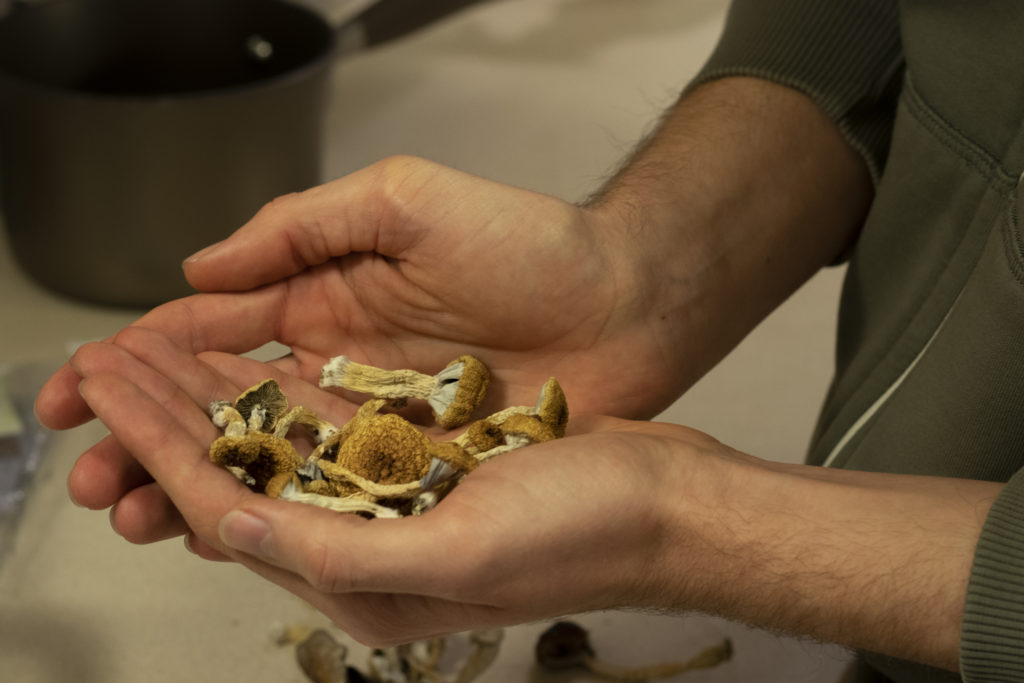
Psychedelics were popularized in the United States in the early 1960s, when mind-altering drugs were introduced in party scenes, worrying the older generation. Now they’re back, and the conversation around them is starting to change. The party scene still exists, but now psychedelics are also used as medicine to treat mental illnesses such as depression and addiction.
The world of psychedelics can be lonely, especially to the many people who take it alone in their homes as medicine. When using a substance that is still illegal, talking to people about it is difficult.
A group called the Milwaukee Psychedelic Society attempts to give people who use psychedelics a comfortable place to speak openly about their experiences. About a year ago, a group of Milwaukee residents met at a psychedelic convention and decided to get together once a month to discuss new research and their own experiences. They join other societies in the region including the Madison Psychedelic Society and the Chicago Psychedelic Community.
Now, some meetings attract more than 20 people sharing personal stories and discussing gratitude and spiritual connections.
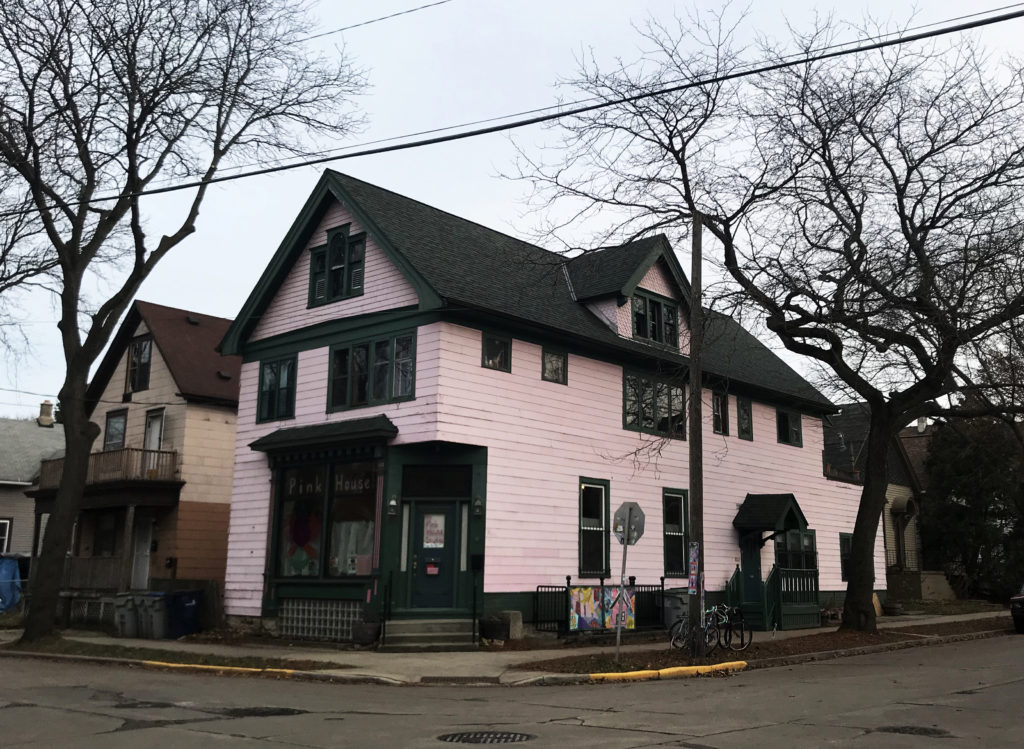
In one meeting on the floor of a dance studio in Riverwest, everyone took their shoes off at the door and told stories sitting in a circle, cross-legged. A young artist described her experience using psychedelics to influence her creative work. An older woman with a stutter shared her desire to begin micro-dosing to help her speech impediment. A college student told the group that he just wants someone to discuss his experiences with, because his friends don’t use psychedelics.
Jake Johnson is a Milwaukee-area resident, a father and a retired business professional. After reading Michael Pollan’s book on psychedelics, How to Change Your Mind, he was interested in how mushrooms might help him with mental health and addiction struggles.
Johnson came across a company called MycoMeditations, which allows people from all over the world to experience “magic” mushrooms legally in Jamaica. He decided to take the trip, and he says his mushroom experiences helped him gain valuable knowledge about the world around him.
“You disappear, ego goes away, and you just sense that one thing is happening,” said Johnson. “I disappeared. There was music and color and change and motion, and that was what I was, and it was what everything was. What you come away with is that you see other people as yourself.”
After his trip to Jamaica, Johnson began to micro-dose mushrooms, which he does about twice a week. Like Alex Ruse, he makes his mushrooms in a tea, and says it helps him control his alcohol use.
“Now I can go out and sit at a restaurant and have two glasses of wine, then go home, and its OK,” said Johnson, “instead of really wanting that third one, and then that fourth one and so on.”
Psychedelic Integration
Ruse has attended the Milwaukee Psychedelic Society meetings almost since they began, and now he hosts a second, more intimate, monthly gathering. This meeting, only eight people maximum, is designed for people to talk through their more intense trips in detail, and work through the emotional effects.
“Delivering psychedelic therapy is one of my dreams for the future,” says Ruse.
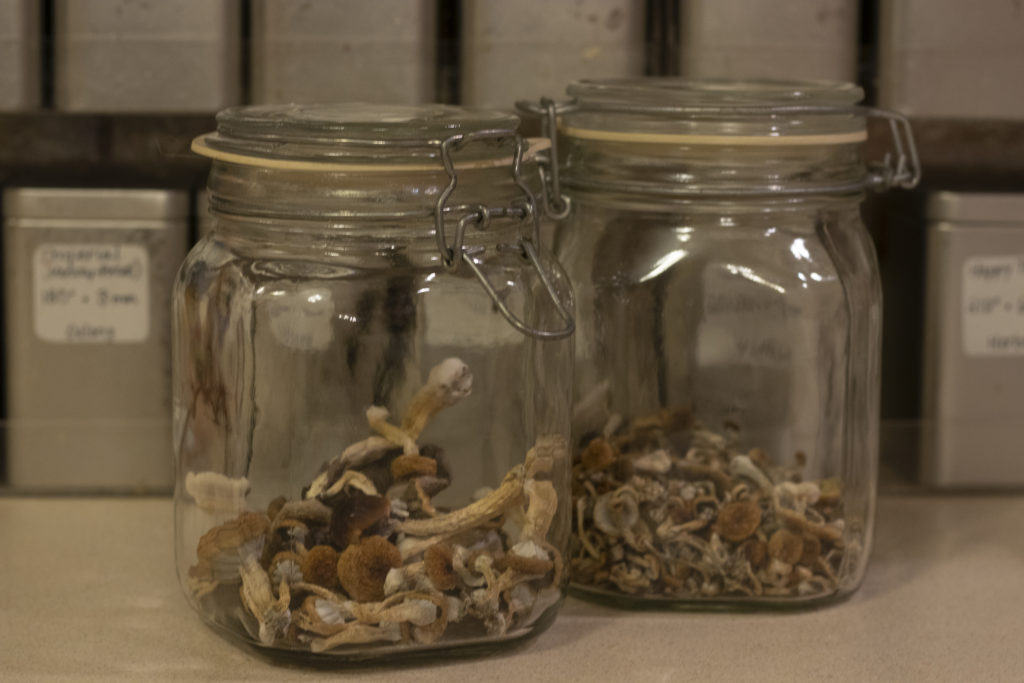
Beginning with cannabis, Ruse experimented with different conscious-altering substances in college. He tried mushrooms for the first time in 2012, and LSD after that. He says his first few experiences were mild.
“I wasn’t completely mind blown,” says Ruse. “That didn’t really happen for me until the tenth or fifteenth try with psychedelics.”
Now he uses mushrooms about once a month to help maintain emotional and spiritual clarity. In April of 2018, Ruse decided to try an experience with ayahuasca, a traditional and powerful psychedelic substance.
Ayahuasca is a plant-based psychoactive tea combining the vine, leaf and other plant components that contain monoamine oxide inhibitors and DMT. It is a traditional psychedelic drug, used for centuries for religious purposes and as a medicine. According to the Alcohol and Drug Foundation, the common affects of ayahuasca include nausea and vomiting, increase in blood temperature and body heat, visual and auditory stimulation, anxiety and feelings of euphoria and wellbeing.
“I went to do ayahuasca when I was unhappy with my engineering career and I knew that there was some deep inner conflict with how I was choosing to spend my career,” says Ruse. “I felt that I needed something stronger to help me get more in touch with what I was doing wrong.”
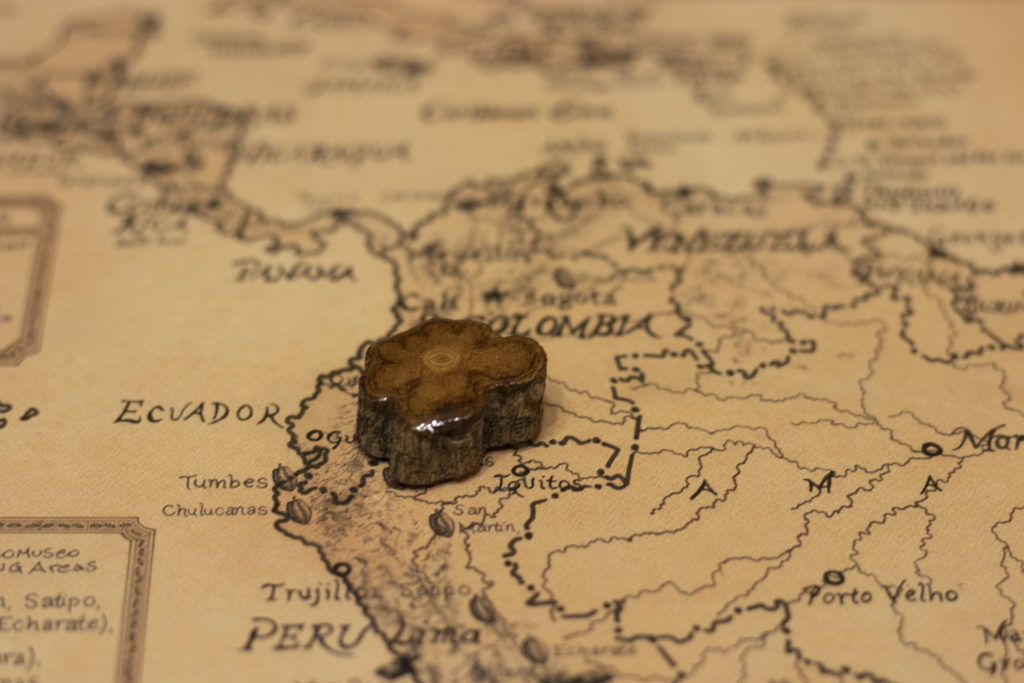
He traveled to Peru with a company called Blue Morpho, which boasts on its website that it is the “#1 ayahuasca retreat in Peru.” Companies such as Blue Morpho and Hummingbird, with whom Ruse took his second retreat in December, offer a legal way to take ayahuasca with a Master Shaman and a team of employees available to assist participants during their trips.
The setting is beautiful, in the Peruvian rainforest, and the experience happens in a ceremony house, where the walls are screens so people can hear and feel the outdoors. About fifteen participants at a time share their experience in the ceremony house, each with a mat to sit or lay on and a bucket to vomit into. Ayahuasca is considered to be a cleaning medicine, where it takes “bad energy” within the body and expels it. The employees often have to come around to exchange the buckets.
“It’s hard,” says Ruse. “My western engineering logical mind wants to make a formula to figure out how it works, and I can’t.”
After his experience with ayahuasca, Ruse was driving to work listening to a podcast about MDMA-assisted treatments when he says he realized his true career calling: psychedelic therapy.
“Hearing their description of it, I just knew that this is what I should be doing,” said Ruse. “I couldn’t run from this.”
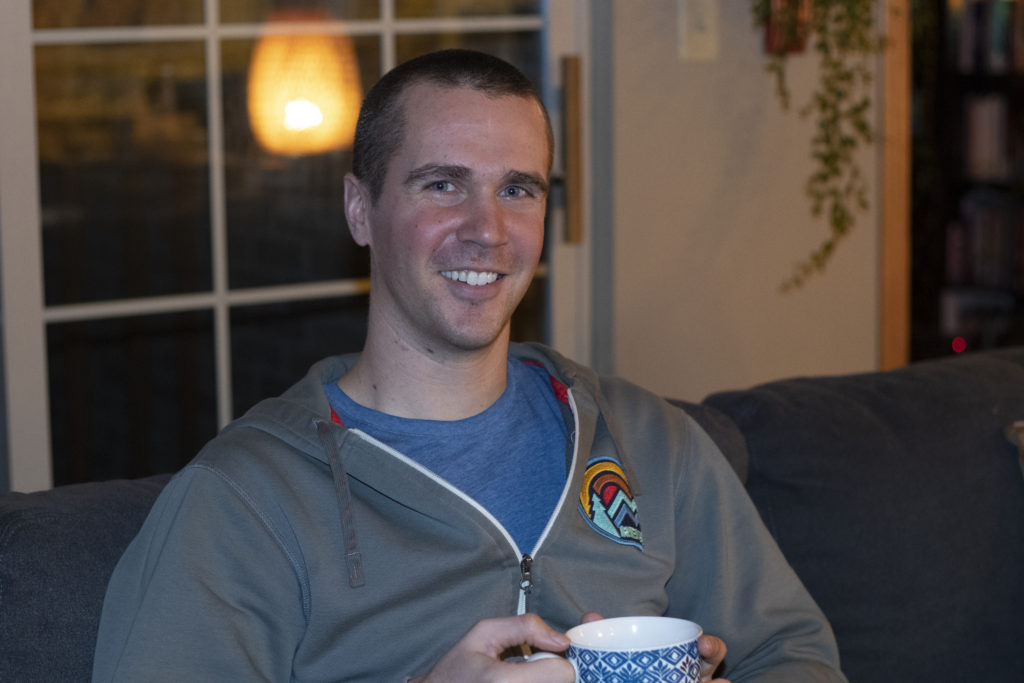
Research Institutes Beginning Trials
LSD and Psilocybin mushrooms were outlawed in 1968, and they were listed as Schedule I drugs in 1970. Although there were ways to legally study these substances, clinical research stopped almost completely. More than 40 years later, psychedelics are being discussed again, and this time as medicine.
The U.S. Drug Enforcement Administration defines a Schedule I drugs, substances, or chemicals as, “drugs with no currently accepted medical use and a high potential for abuse.” Other examples of Schedule I drugs are heroin, methaqualone (Quaaludes), and peyote. Cocaine and methamphetamine are Schedule II drugs.
The latest therapeutic research for psychedelics started in 2010, when researcher James Fadiman began collecting “trip reports” from individuals micro-dosing psychedelic substances. Fadiman collected about 125 reports in five years, according to his publication Microdose Research: without approvals, control groups, double-blinds, staff, or funding. Problems with this research are listed right in the title; however, his findings pointed to psychedelics as treatments for depression and anxiety, and opened the door to the new studies of psychedelic medicine.
James Fadiman obtained his degree’s from Harvard and Stanford University. In the 1960s, he lived in California and hung out with psychedelic influencers of the time such as Ken Kesey and Stewart Brand. According to MAPS, he co-founded the Institute for Transpersonal Psychology, which studies psychology with a focus on spiritual and transcendent aspects of the brain.
In the last two years, the Psychopharmacology Journal published two small but approved and controlled studies testing the effect of micro-dosing psilocybin in adults on time and creativity. Other studies are in progress or under review, but the pharmacology world still doesn’t know a lot about psychedelic medicine.
Close to home, the Usona Institute in Madison and the UW-Madison School of Pharmacy are trying to pioneer clinical trials for therapeutic uses of MDMA and psilocybin.
“We are hoping that these studies will validate the preliminary results that suggest a very dramatic effect in some of these diseases,” said Paul Hutson, lead researcher at UW-Madison.
At the university, they are beginning a set of clinical trials sponsored by the Usona Institute on the effects of psilocybin on depression. A separate trial will track the mushroom’s effects on opioid addiction and alcoholism.
According to Usona’s website, the research looks at “under-examined psychedelic medicines,” such as psilocybin as part of a mission to “alleviate mental suffering.” Researchers are in the midst of a study on the medicine’s potential to treat depression as well.
“We are doing these studies to demonstrate, in a rigorous fashion that we can take to the FDA, that these drugs are safe and effective,” said Hutson.
In Wisconsin, there is some talk of decriminalization. Users hope that safe psychedelic substances will follow in the footsteps of cannabis legalization around the country.
“To me, they’re just more tools, and they have real benefits,” said Johnson. “It would be nice if it would integrate into the fabric of the United States and the way we use medicine.”